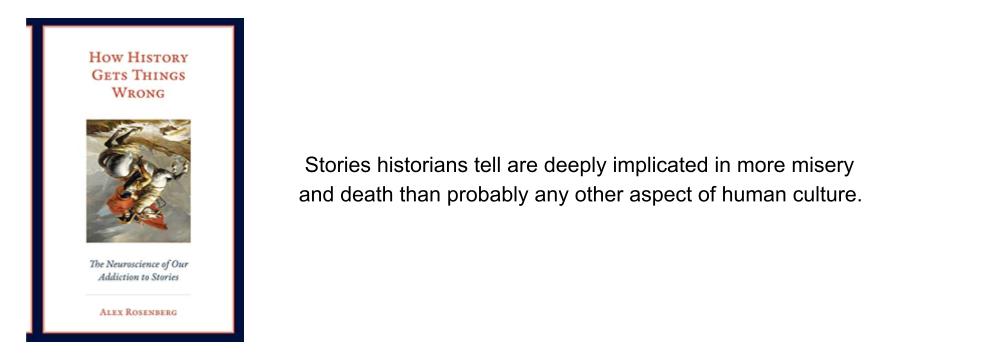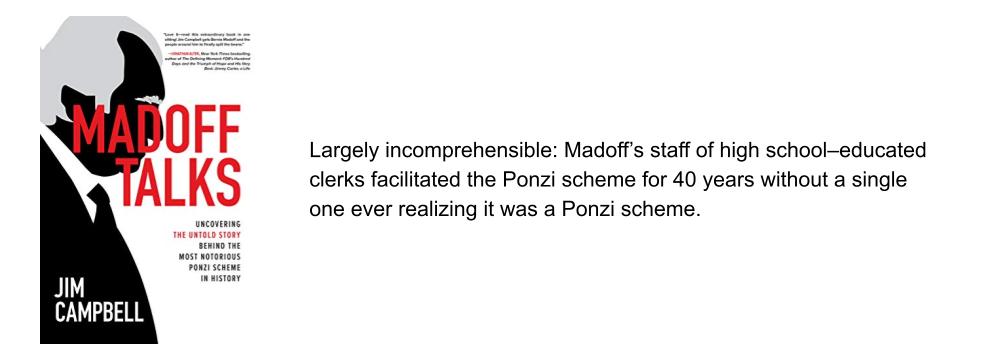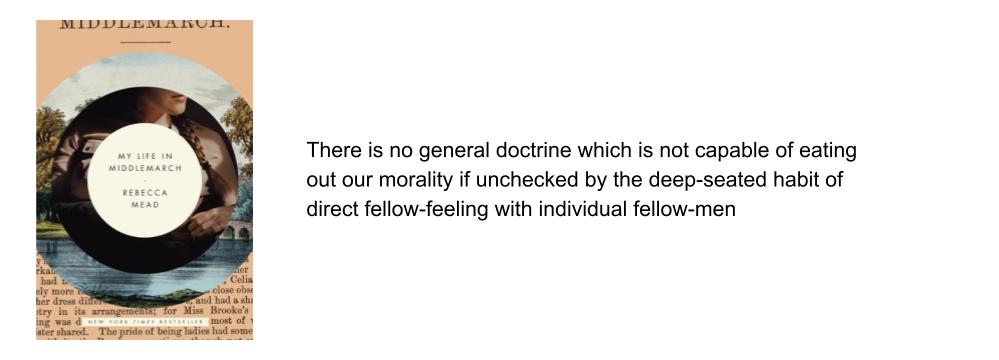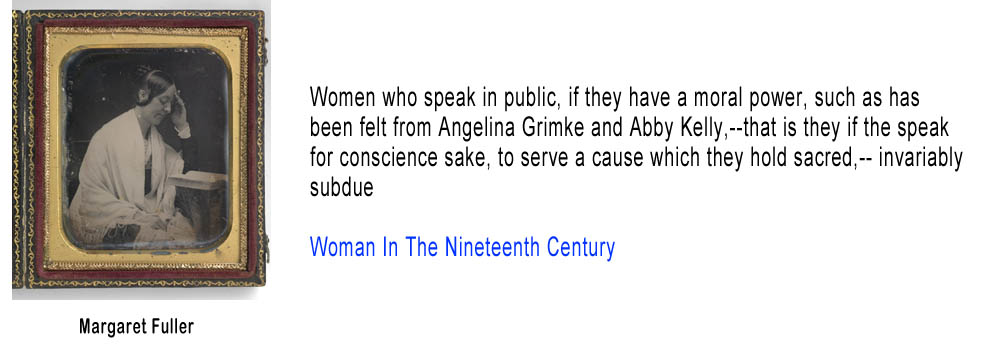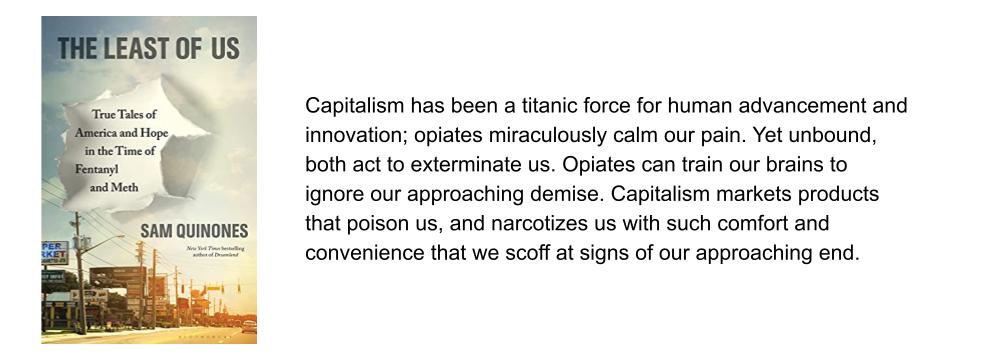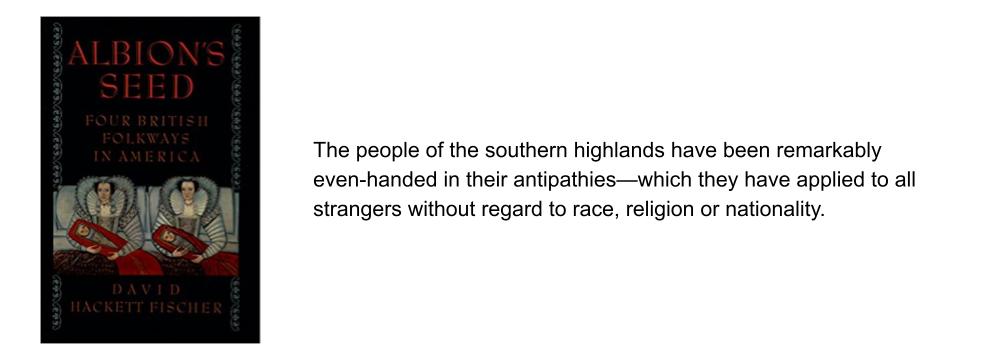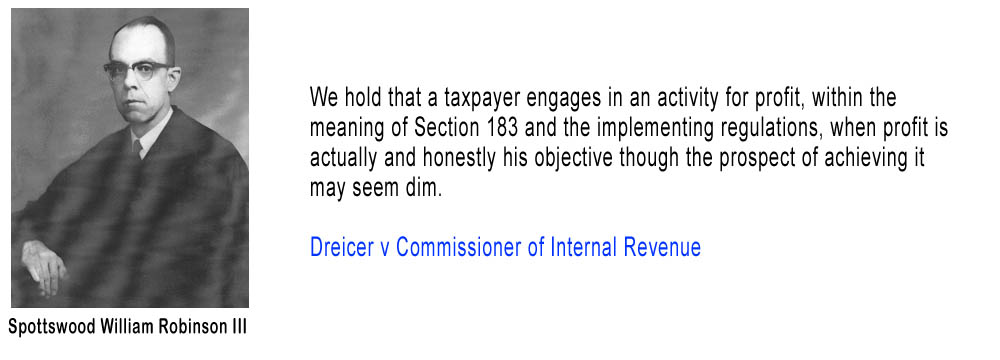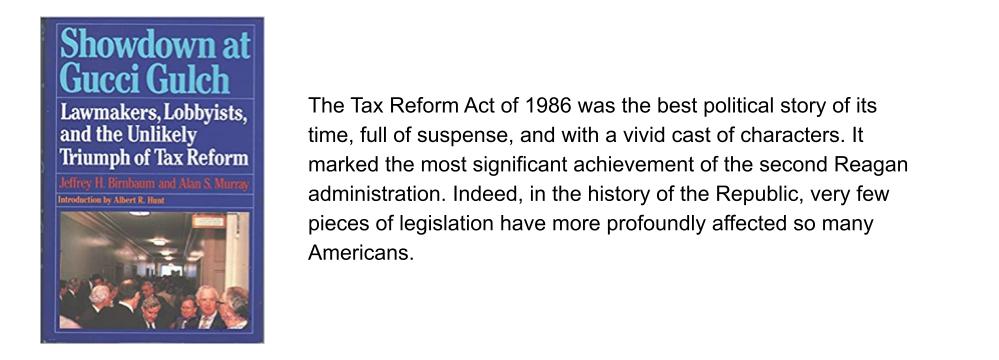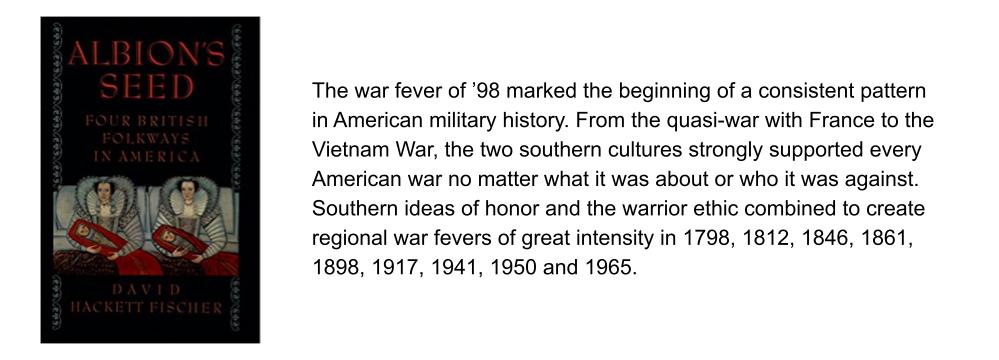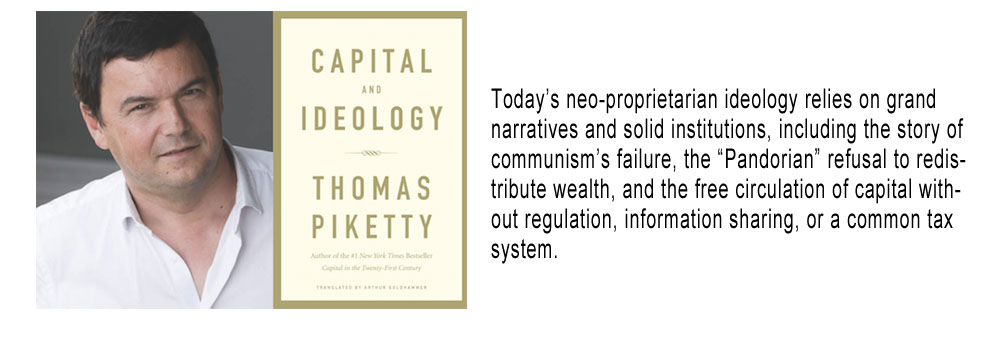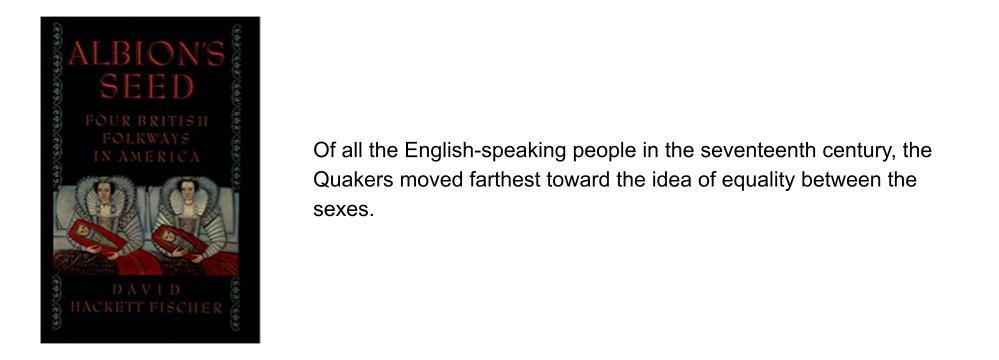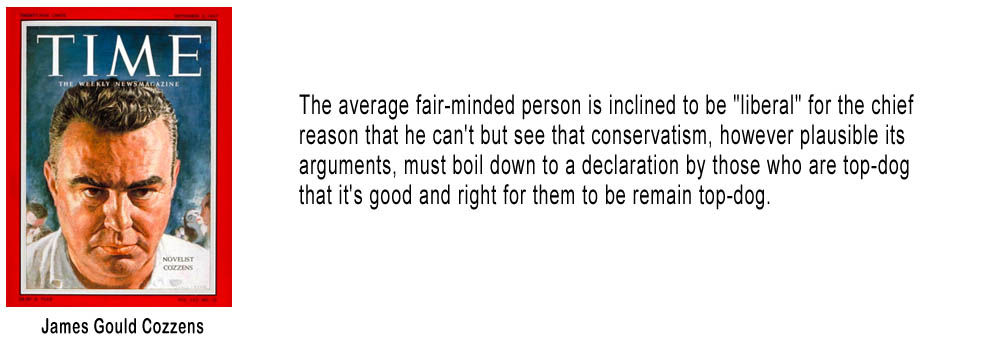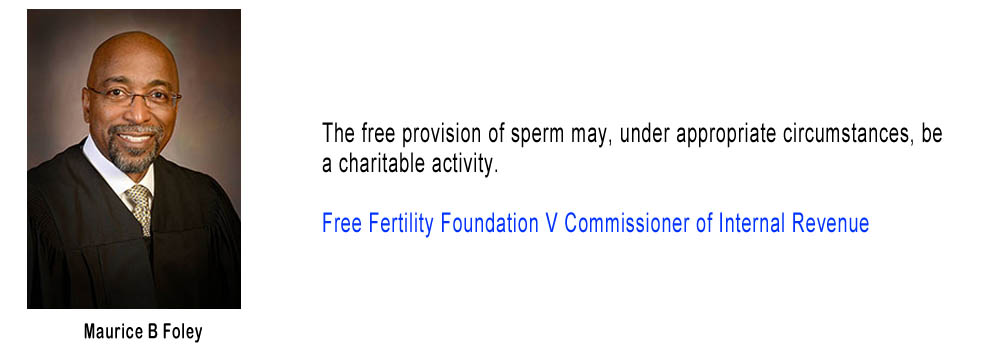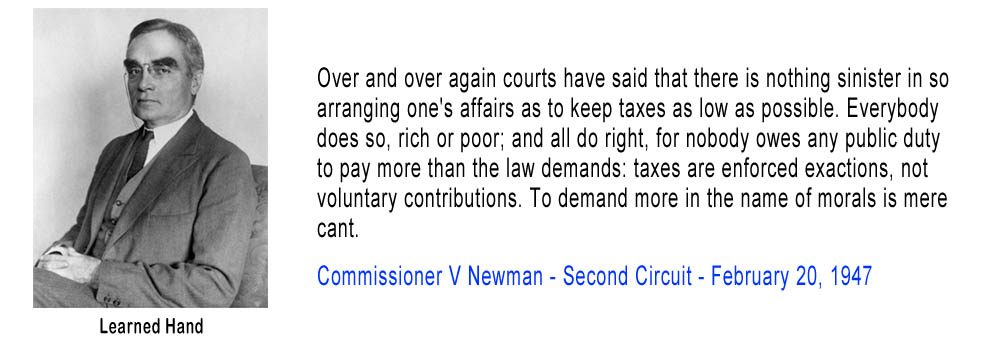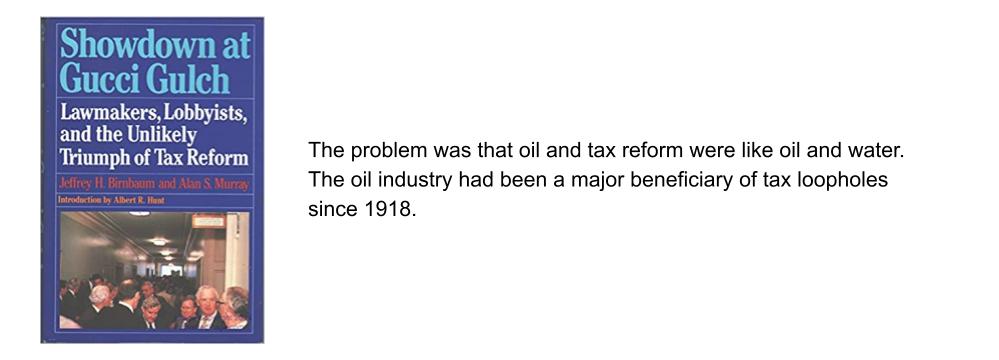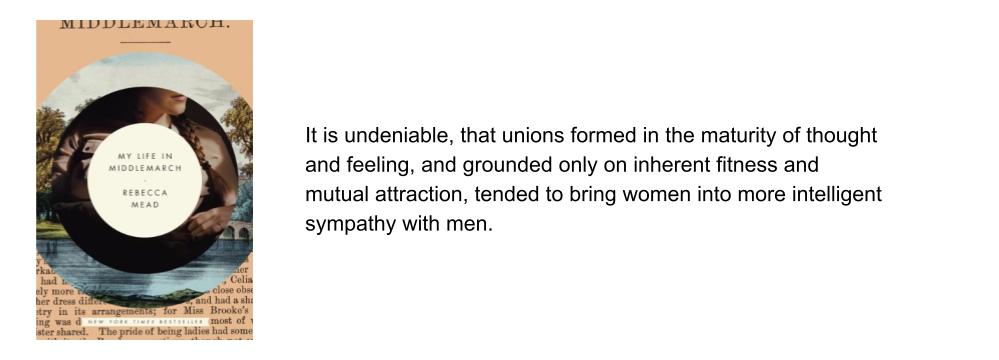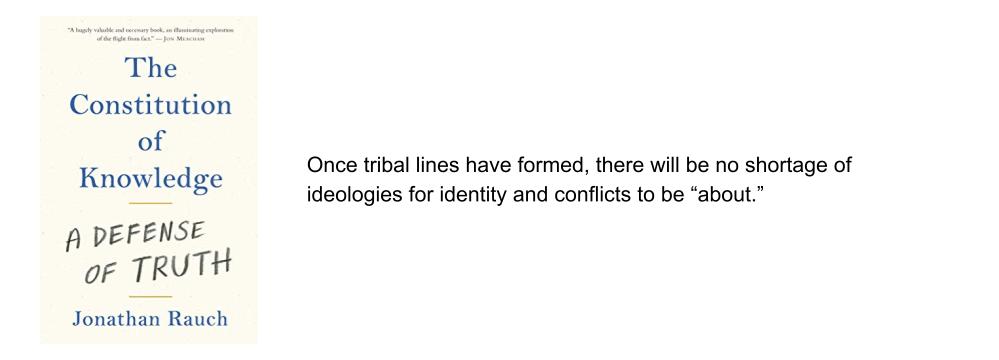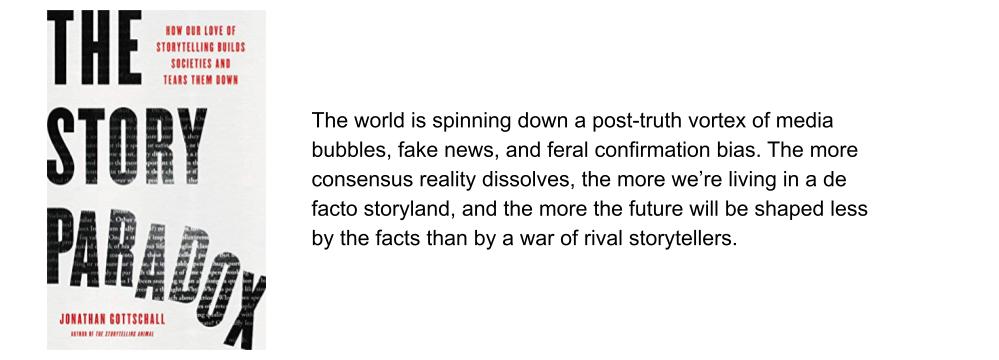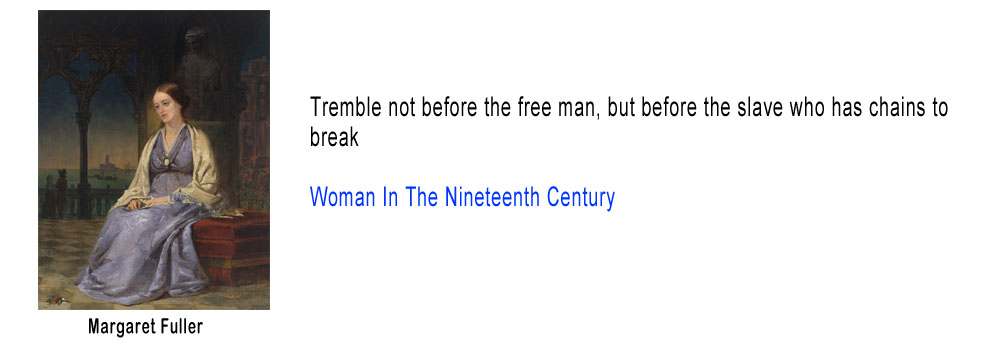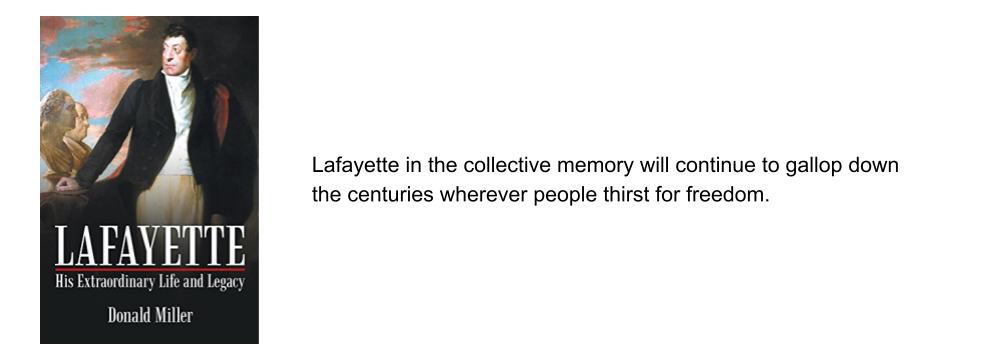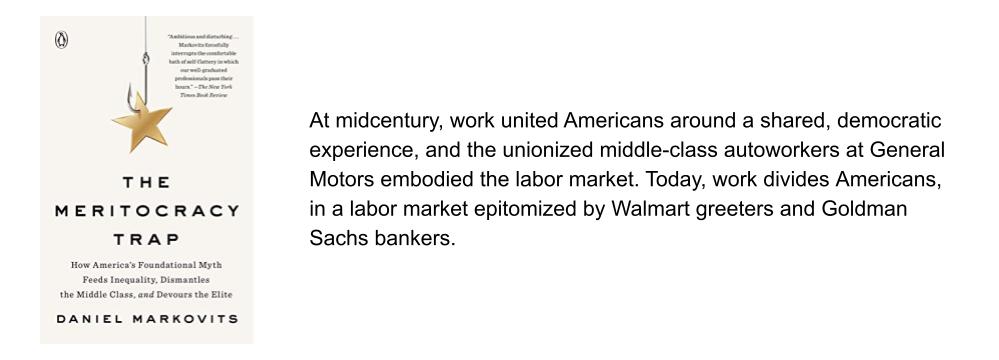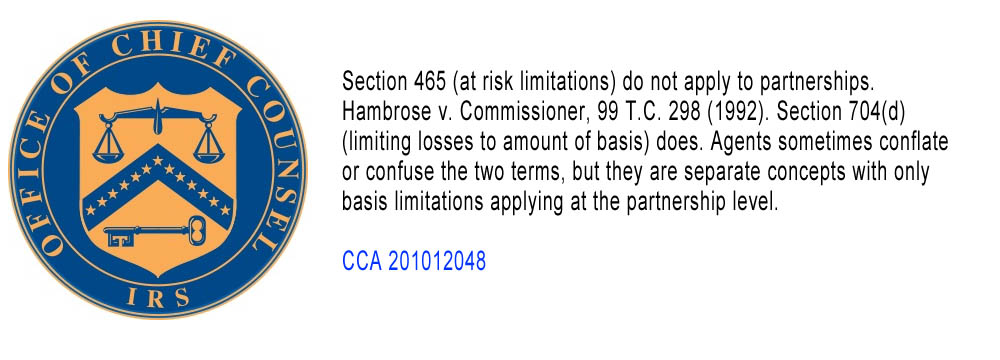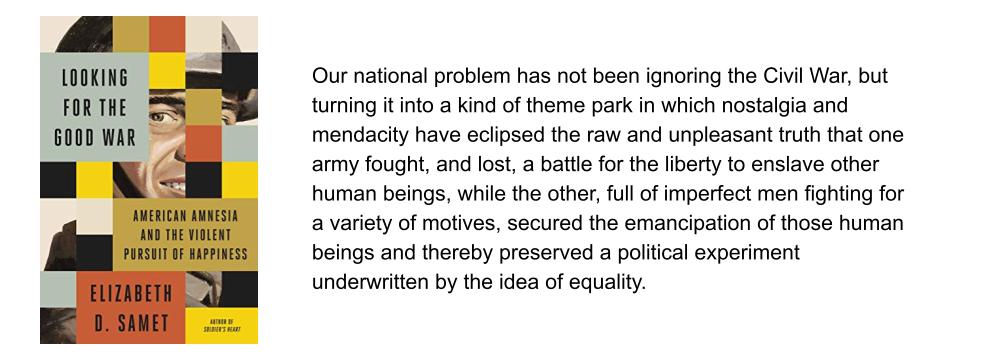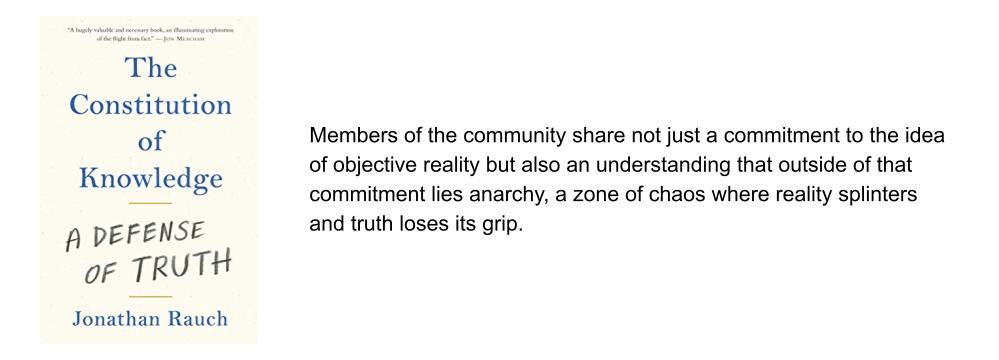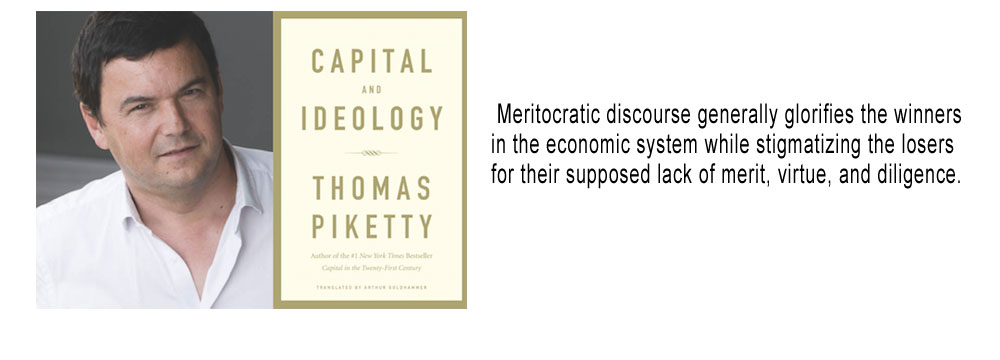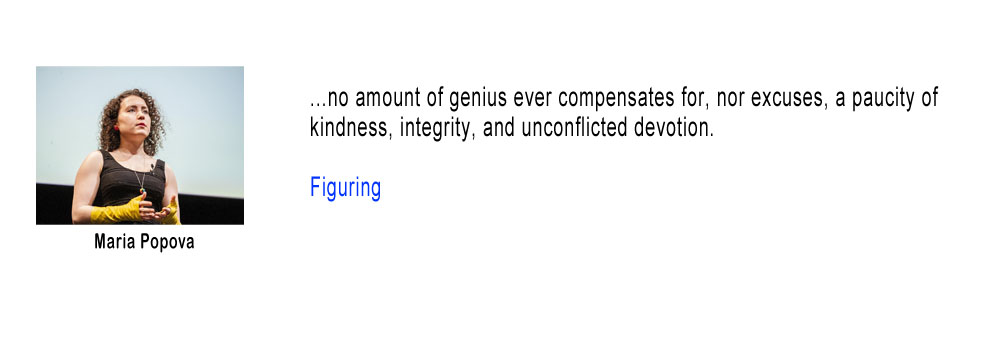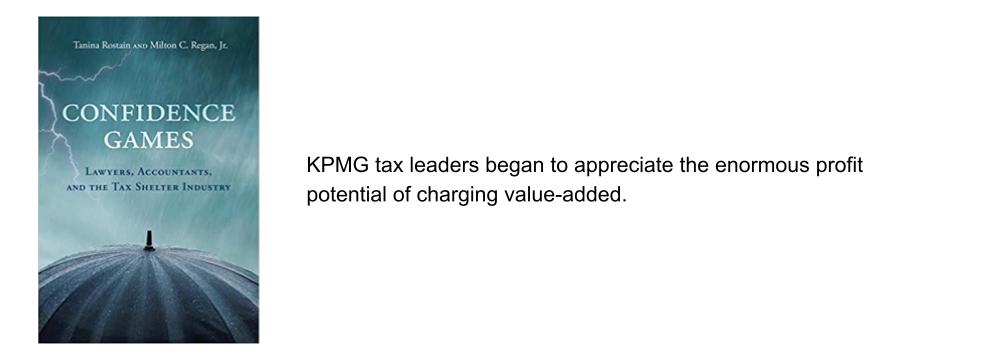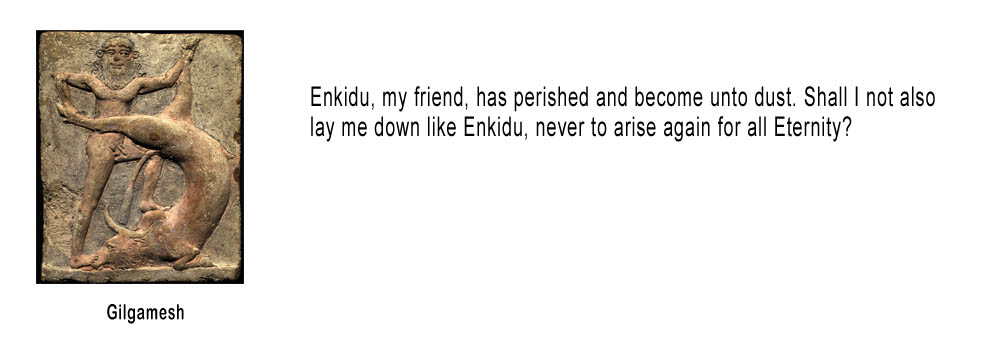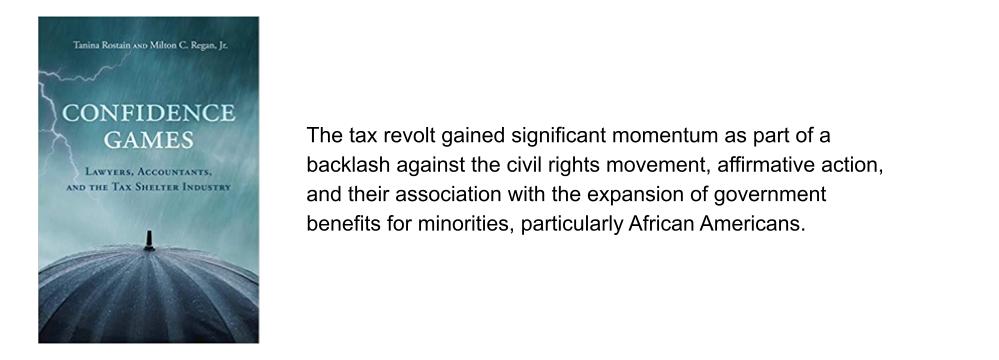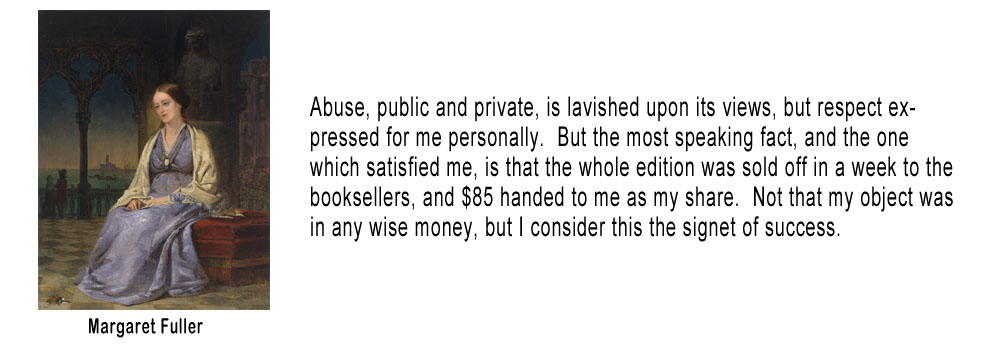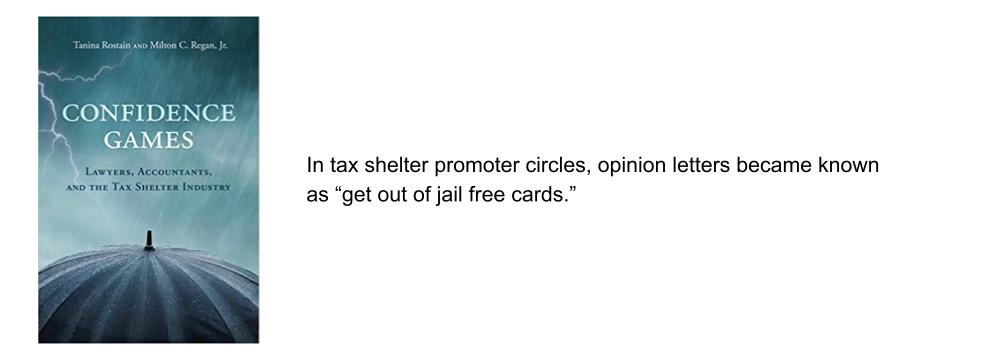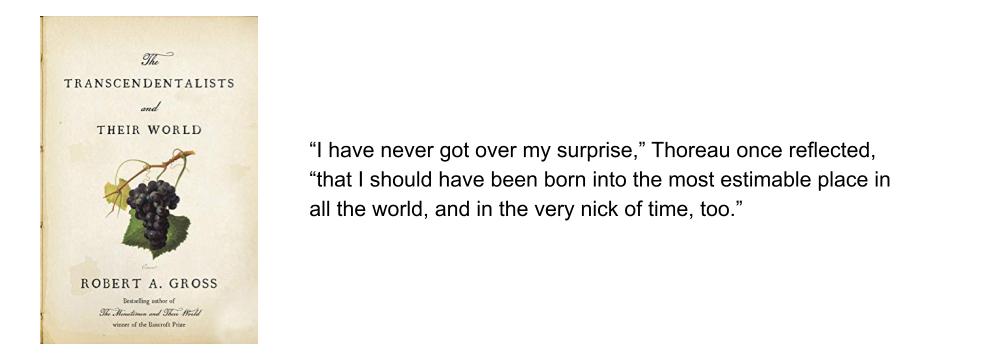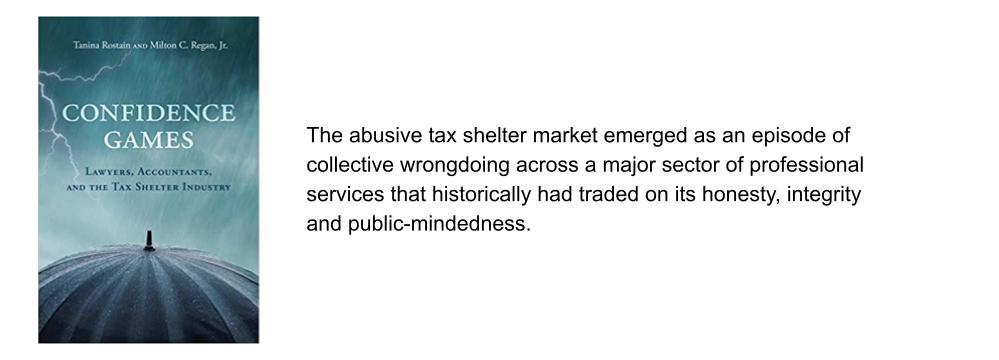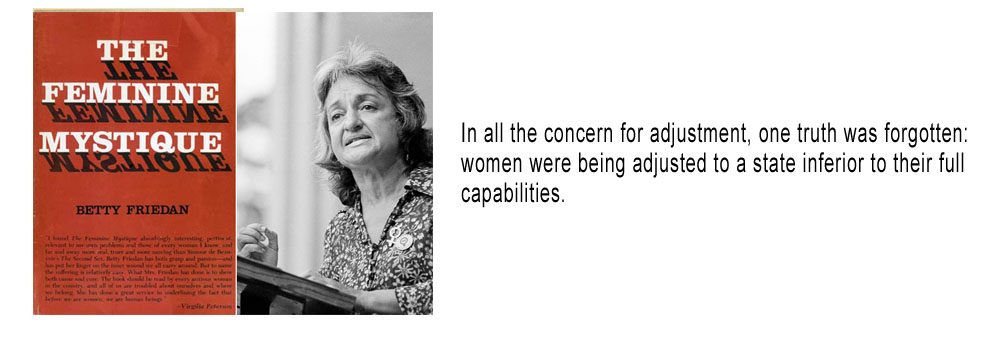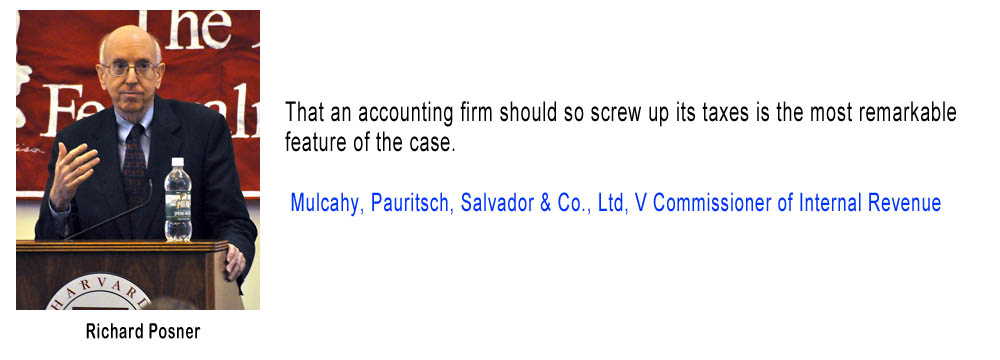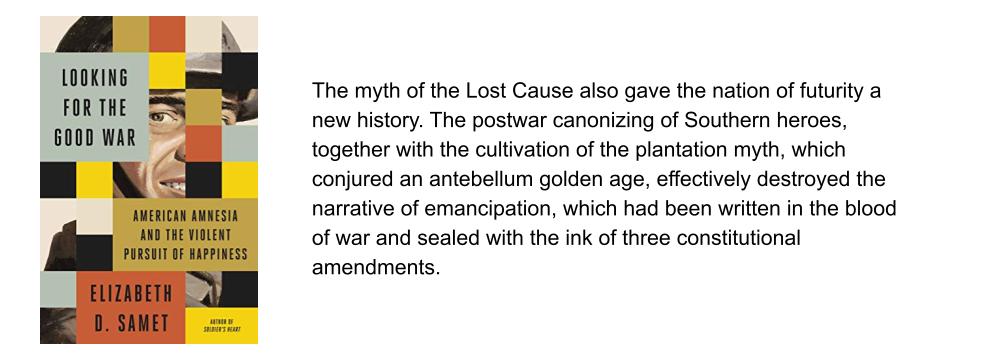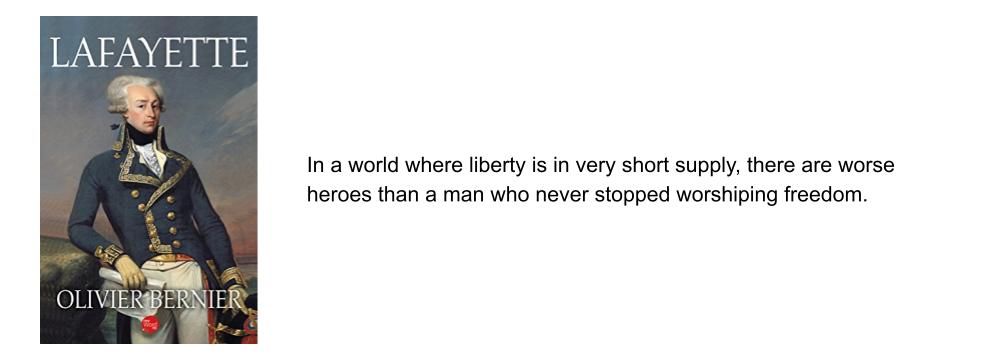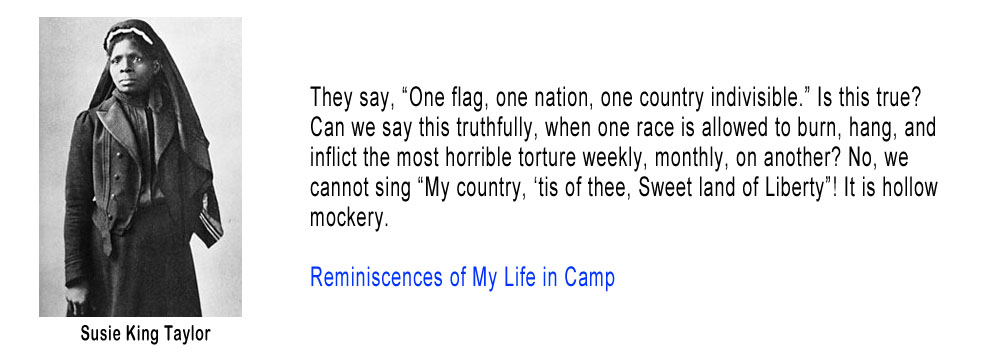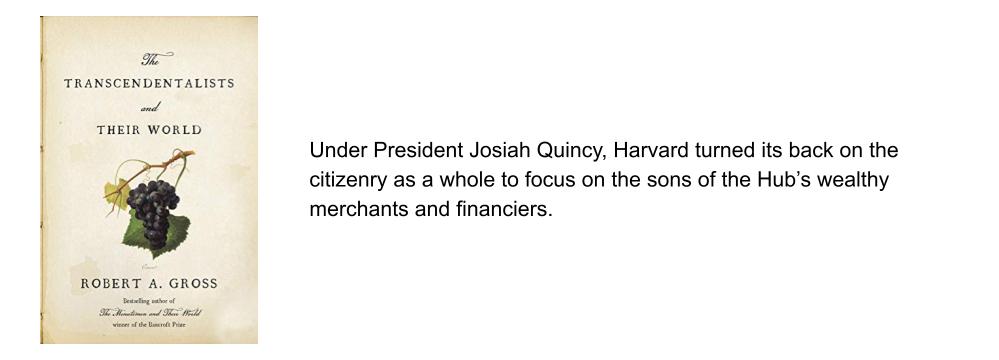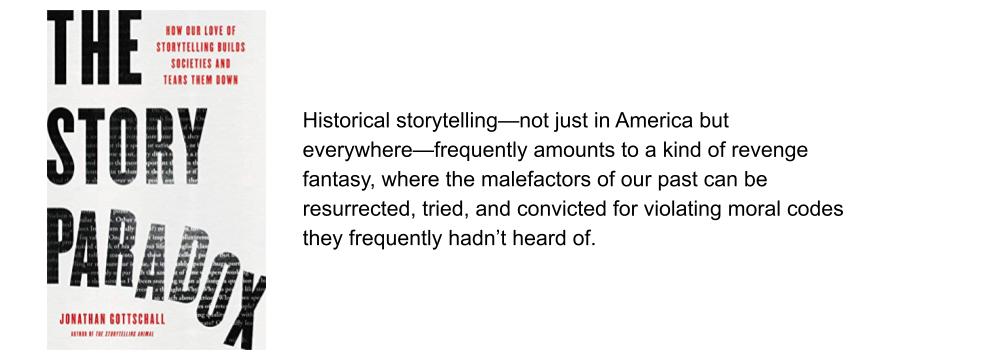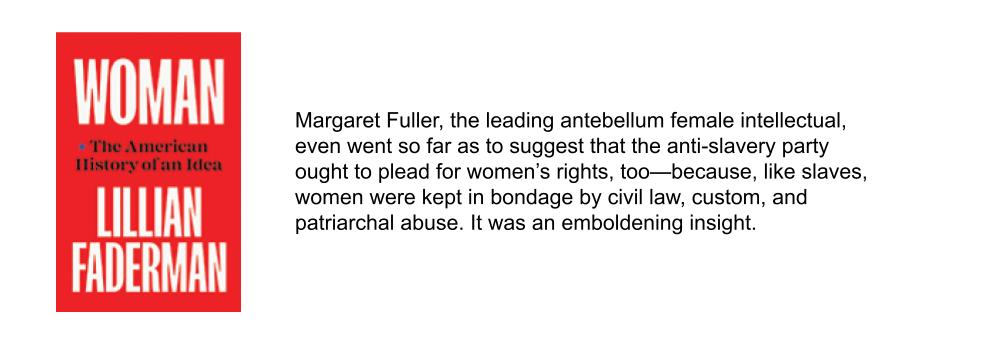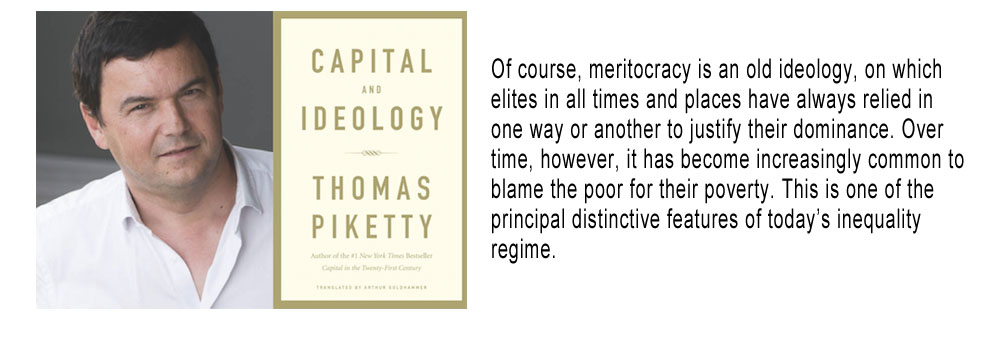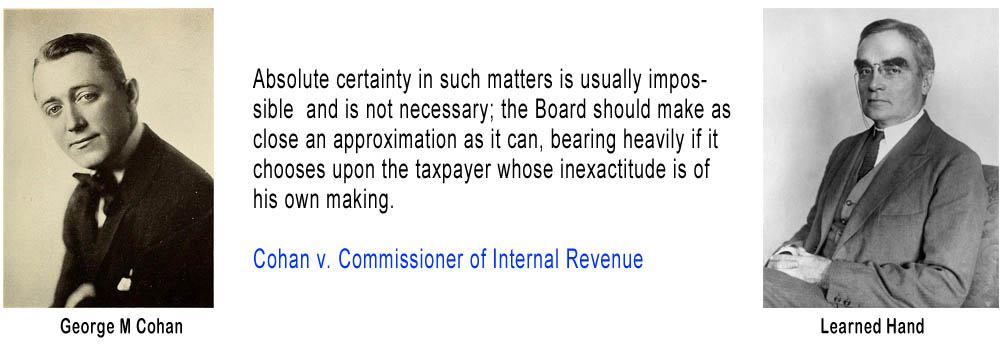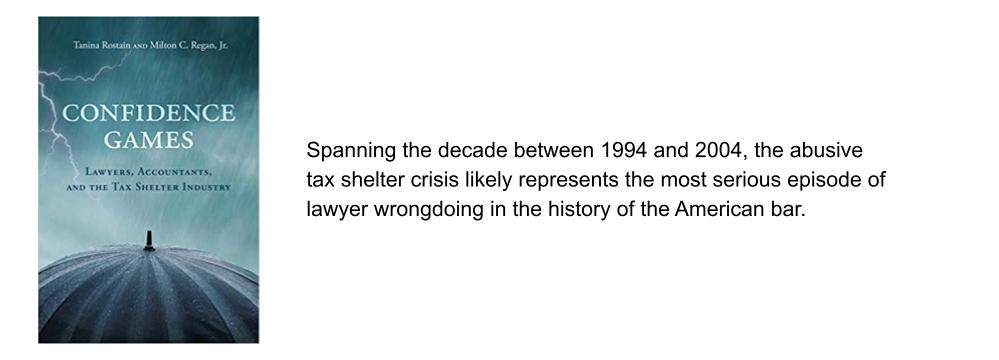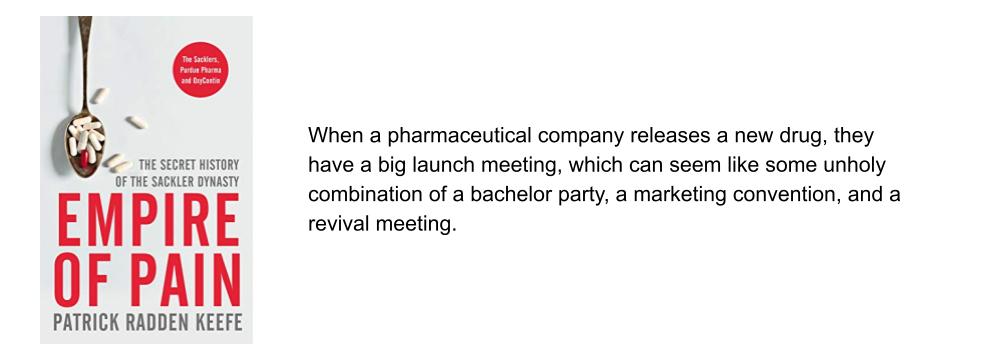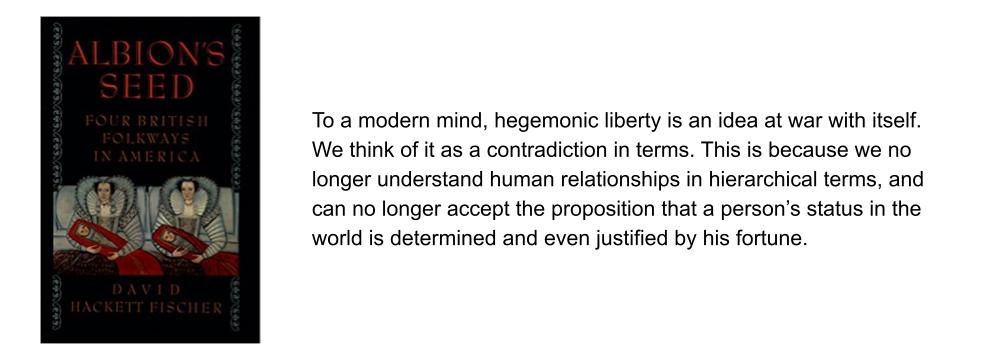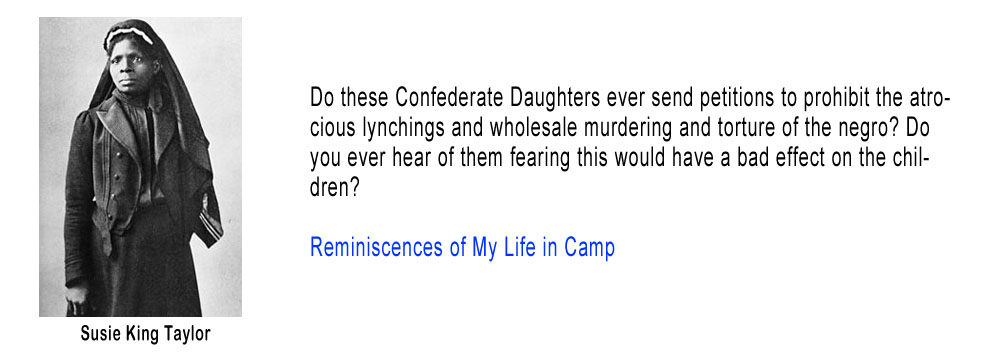Originally Published on forbes.com on August 4th, 2011
______________________________________
Life insurance is a marvelous financial product. It provides liquidity at a point in time when a family really needs liquidity. It is income tax advantaged. The amount received in excess of premiums paid is income tax free – if paid by reason of the death of the insured. It is such a good product, that it always upsets me when I see people like James Ledger (I wonder if he went in the Army if they would make him a general. Don’t you love accounting jokes?) using it to manufacture phantom taxable income. Mr. Ledger purchased a life insurance policy from Prudential Insurance Company in 1974. Here are the details:
The face amount of the policy was $31,448, the maturity value considered for gain was $61,722.31, the endowment maturity value was $42,403, and the monthly premiums were set at $100. The policy was payable upon either Mr. Ledger’s death or his reaching age 65.
When this type of policy was sold (and I think they were almost always sold rather than bought) they were often presented as a one stop shop for all your financial concerns. If you dropped dead, you heirs got a big check (One of the most ingenious marketing ploys in history was to call it life insurance rather than death insurance). There would be a big lump of money when you reached retirement age. Of course if you needed money in the mean time, you could borrow against the policy.
Mr. Ledger took his first loan in 1978. Over the next 27 years he took a total of 13 loans. April 12, 2006 was a big day for Mr. Ledger. Besides qualifying forMedicare on that day, thanks to the foresighted decision he had made in 1974, his policy matured. Here is how that played out:
As of May 27, 2005, Mr. Ledger’s final loan balance and accrued interest against the policy totaled $56,219.61. The policy matured on April 12, 2006, with a gross maturity value of $61,787.72 and a maturity value considered for gain value of $61,772.31. Prudential paid Mr. Ledger $5,568.11 (gross maturity value less final loan balance). Prudential determined Mr. Ledger’s investment in the contract at the time of maturity to be $20,780.03.
Prudential issued to Mr. Ledger a Form 1099-R, Distributions From Pensions, Annuities, Retirement or Profit-Sharing Plans, IRAs, Insurance Contracts, etc., for the 2006 tax year, identifying taxable distributions of $40,992.28 (calculated as maturity value considered for gain less cost basis)
The check from $5,568.11 was better than getting poked in the eye with a sharp stick. He claims to never have received the 1099-R for $40,992.28, which the Tax Court noted is neither here nor there. He is taxed on it regardless. The Tax Court does not give us a break down of how much of the $56,219.61 is the principal of the loans that Mr. Ledger took and how much is the accumulated interest – the accumulated non-deductible interest that is. In the case of John Sanders, it was spelled out more clearly. The accumulated interest was similar in amount to the total withdrawals. The court noted that Mr. Sanders had used the loans for personal purposes making the resulting interest non-deductible. I wouldn’t be surprised if in Mr. Ledger’s case the proportions were similar. His initial $2,000 loan would have grown to around $16,000 balance in 27 years at 8%. The subsequent loans would have been outstanding for a lesser period. Maybe they were charging 6%. If you go with 50/50 Mr, Ledger would have paid in about $20,000 and received about $34,000 ($28,000 in loans and the roughly $6,000 final payment). That would make him net positive over 27 years by about $14,000 and being taxed on $40,000 all at once in the final year. The case of Bruce Brown, which I treated briefly, had simlar numbers.
The check from $5,568.11 was better than getting poked in the eye with a sharp stick. He claims to never have received the 1099-R for $40,992.28, which the Tax Court noted is neither here nor there. He is taxed on it regardless. The Tax Court does not give us a break down of how much of the $56,219.61 is the principal of the loans that Mr. Ledger took and how much is the accumulated interest – the accumulated non-deductible interest that is. In the case of John Sanders, it was spelled out more clearly. The accumulated interest was similar in amount to the total withdrawals. The court noted that Mr. Sanders had used the loans for personal purposes making the resulting interest non-deductible. I wouldn’t be surprised if in Mr. Ledger’s case the proportions were similar. His initial $2,000 loan would have grown to around $16,000 balance in 27 years at 8%. The subsequent loans would have been outstanding for a lesser period. Maybe they were charging 6%. If you go with 50/50 Mr, Ledger would have paid in about $20,000 and received about $34,000 ($28,000 in loans and the roughly $6,000 final payment). That would make him net positive over 27 years by about $14,000 and being taxed on $40,000 all at once in the final year. The case of Bruce Brown, which I treated briefly, had simlar numbers.
Nobody seems to be feeling sorry for these people, except for me. I really think it stinks that they are getting handed a big tax bill when a policy terminates becasue they borrowed their own money. I wonder if the possibility of this scenario was presented when the policy was sold.

